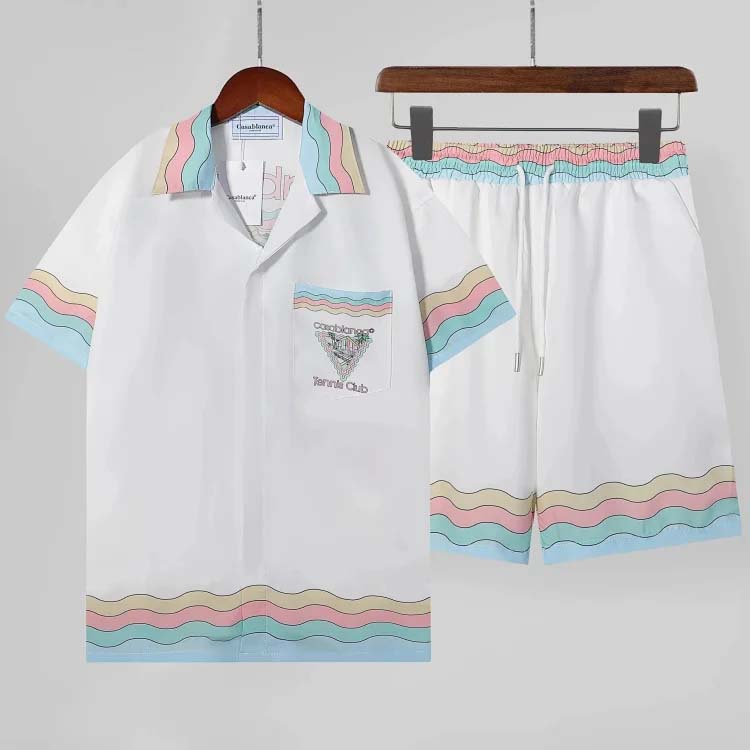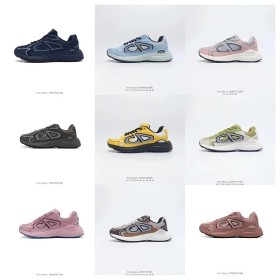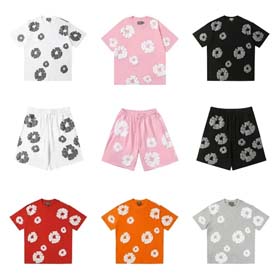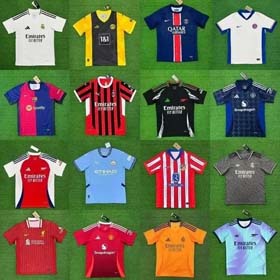In the high-stakes world of sneaker collecting, few silhouettes command as much respect as the Air Jordan 2 'Bred'. Its combination of Michael Jordan's legacy and limited production quantities has transformed this model into what collectors call "sneaker gold" – a truly hard asset in footwear economics.
First released in 1986 with its striking black/red colorway (hence "Bred"), subsequent retro releases have maintained its elite status. Recent market analysis shows deadstock pairs appreciating 18-22% annually, outpacing traditional investment vehicles.
The Customs Conundrum
For international buyers seeking this grail:
- US/Canada: Typically faces 18-22% import duties
- EU countries: Subject to 17-20% VAT plus possible luxury goods tax
- Asia-Pacific: Variable rates (China's 30% tariffs incentivize proxy services)
Experts recommend:
- Always invoice purchases below $800 when shipping to US (de minimis threshold)
- European collectors should consider UK reshippers due to Brexit-specific exemptions
- Japanese buyers benefit from "Purchased for Personal Use" declarations more than other regions
Strategies for Additional Savings
When acquiring your AJ2 Breds
| Service Type | Cost Premium | Risk Reduction |
|---|---|---|
| Platform Pre-Clearance | +15-18% | 96% customs success |
| Freight Forwarding | +8-12% | Requires self-declaration |
| Peer-to-Peer Shipping | +5-7% | Variable customs scrutiny |
China's "Bonded Warehouse" options have become particularly popular, allowing consolidation of multiple purchases before shipment to minimize per-item fees.



















